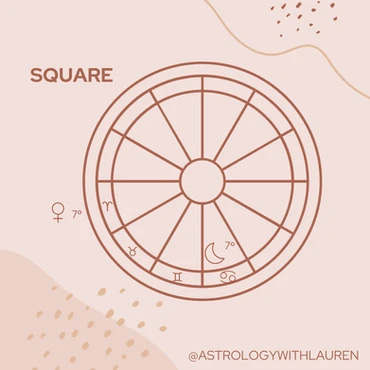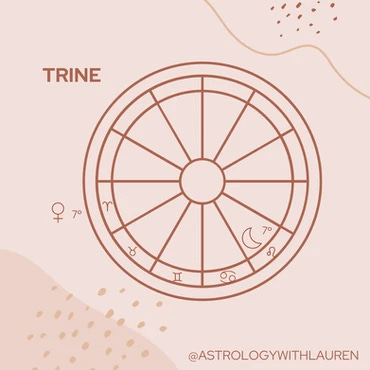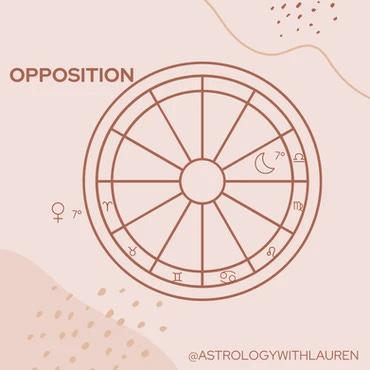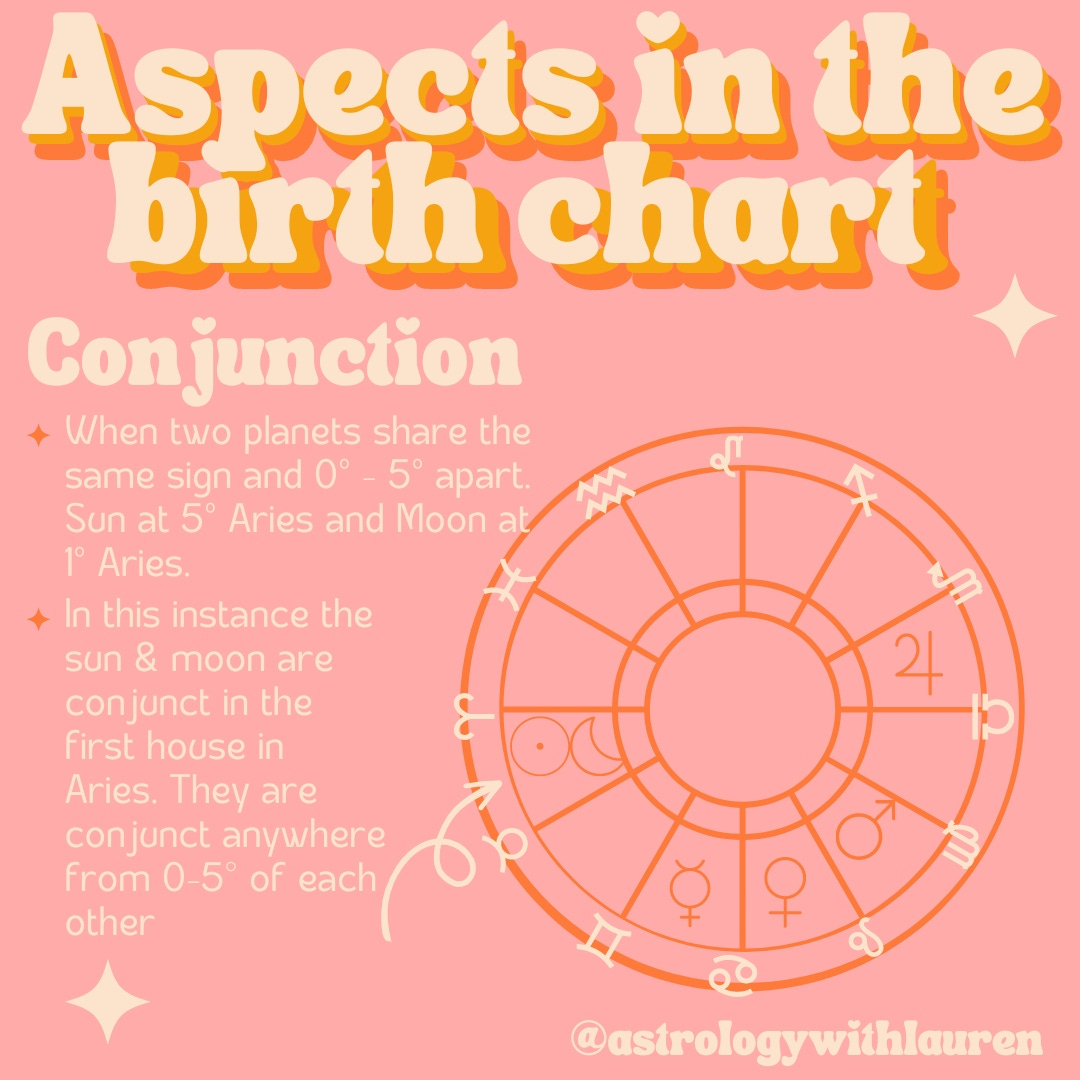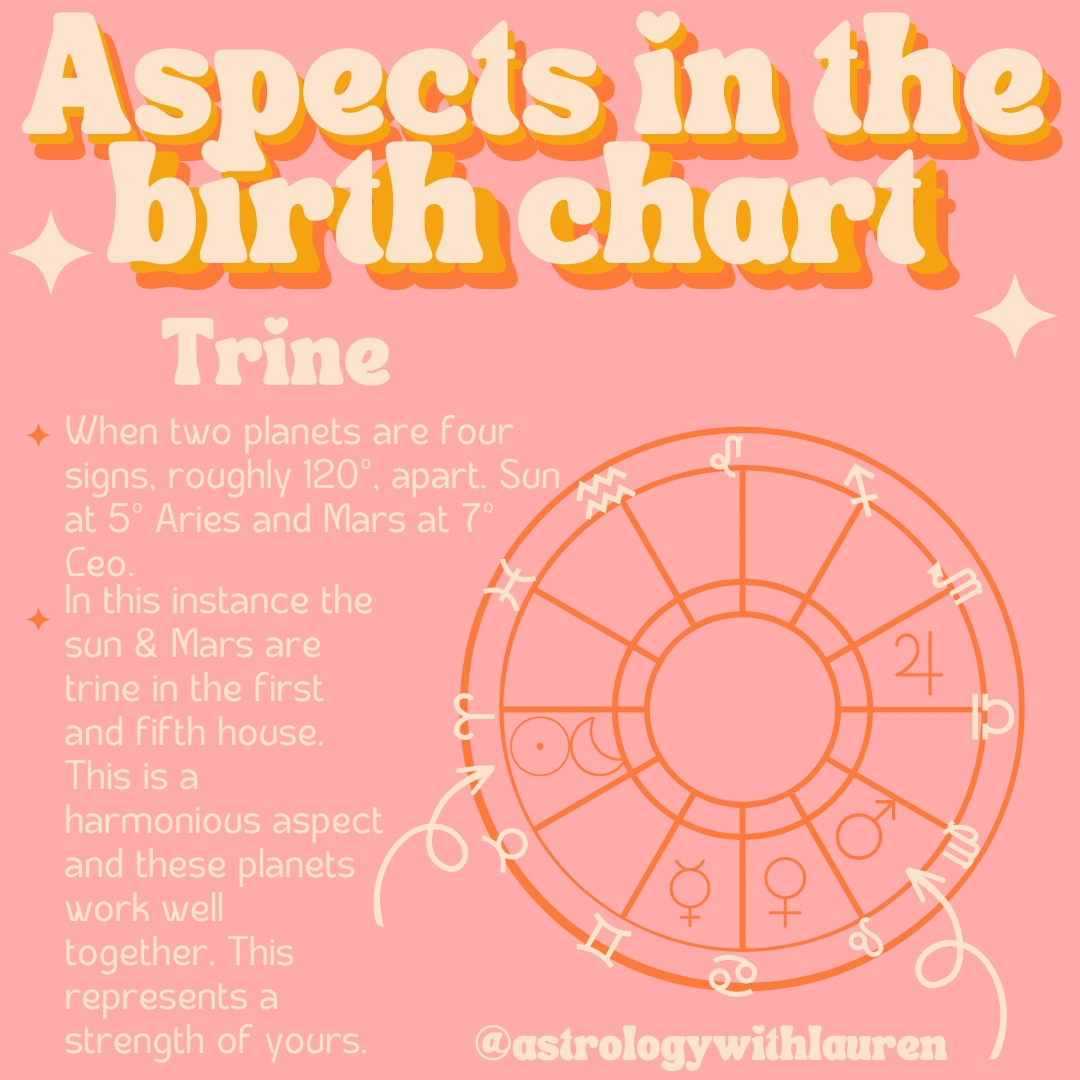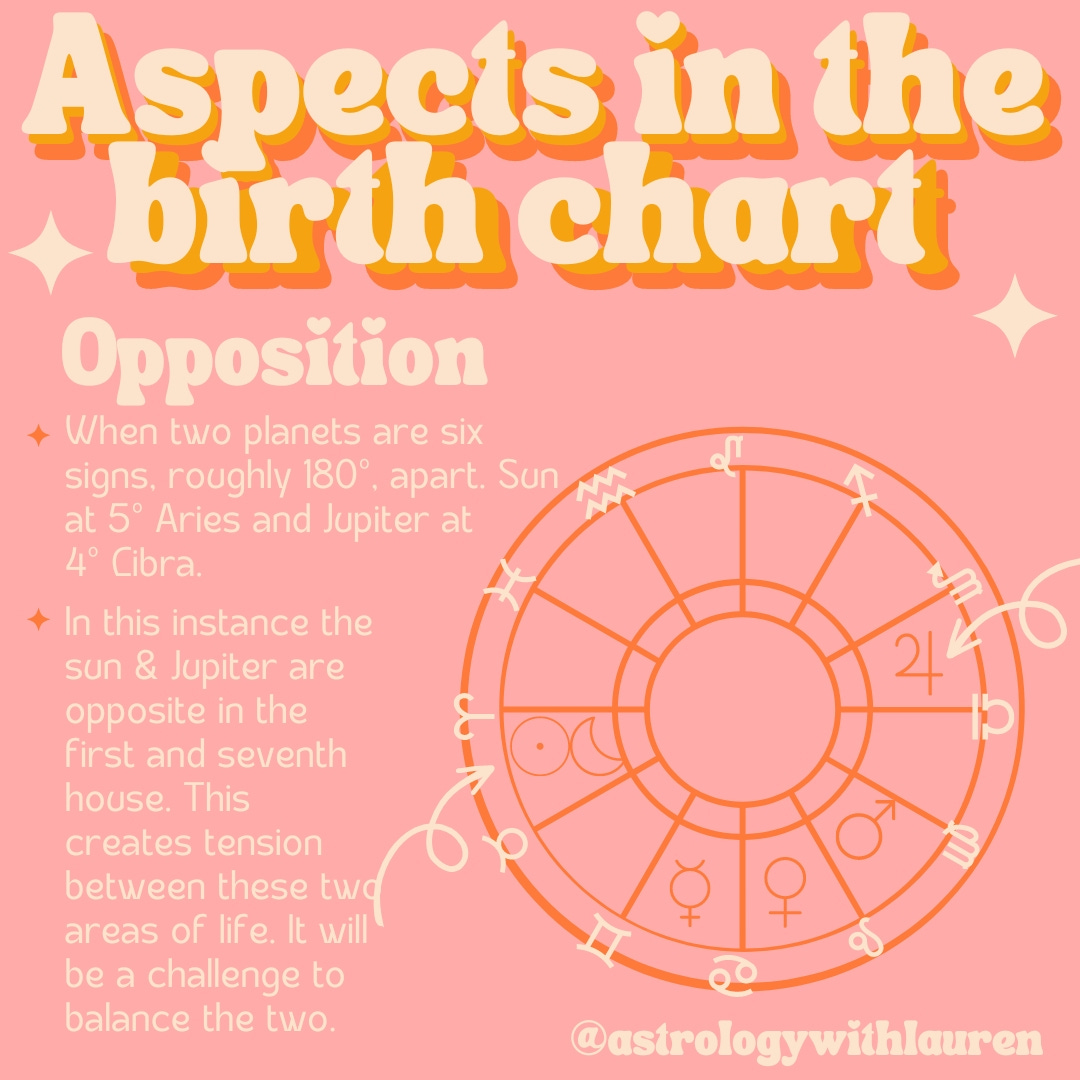
As we move into one of the most chaotic months of 2025 I felt like this post would be really help you all understand how to identify transits in your own charts and what they mean for you. You can use this post in tandem with the 2025 Astrology Forecast, the Venus retrograde podcast episode, the Venus retrograde post, etc.! Feel free to also use this post as a resource to reference for any future transits. And, if you find yourself wanting to understand transits even more I highly suggest the guide to understanding your chart as it goes much deeper than I can go here!
Recently I shared that when the sun moves into Libra each year there is a part of me that hides away until the spring time, around the time that the sun moves into Aries. When I was younger I chalked this up to a mild case of seasonal depression, nothing major or anything that was diagnosed by a professional, but just a recognition that I tend to retreat more during the colder months. That said, when I learned astrology it occurred to me that as a Scorpio rising, around the time of Libra/Scorpio season, the sun is moving into the bottom half of my natal chart. This is the part of the chart that is more private and hidden, as opposed to the top half of the chart that is more public. So much about this was validating for me, and it made so much more sense that I feel more ‘on’ when the sun is transiting the top half of my chart, Aries/Taurus seasons through Libra/Scorpio seasons.
This first thing that is helpful to understand is that your rising sign is always your first house. So, if you know that you are an Aries (in the picture you can see the glyph for Aries on the left side of the circle, just under where the 9 o'clock would be if you were looking at a clock. this is where the first house starts in every chart!) rising, this means that your natal chart will always start with Aries and this sign will be the sign on the cusp of your first house. Then, your second house will be the sign after that: Taurus. Then you continue all the way around the circle until you get to Pisces, the sign before Aries, which is the sign on the cusp of your 12th house. It will be important for you to establish your rising sign if you aren't an Aries rising and get an idea of how the signs line up! Once you understand how the signs fall in your chart and which signs are associated with which houses you can begin to understand how planets move through your chart. If we stick with the Aries rising example and think about Saturn’s move into Aries in 2025 we would know that Saturn is moving out of Pisces (their 12th house) and into Aries (their first house). If you find yourself unsure of what the different house meanings are check out my blog post on the different meanings! (ps this is also one of the blog posts I’m planning on re-sharing with more detail so stay tuned for that hehe).
We can use transits to understand how the current planets in the sky are interacting with our natal planets in our natal chart. In the pictures below you can see some examples of how the transiting Venus, at 7 degrees Aries on the outside of the chart, is interacting with different possible positions of someones natal moon, which you see on the inside of the chart. Your natal planets will never move, but I wanted to give you all a visual of how the transiting Venus can interact with different parts of the chart. One of the major things happening in March is that Venus will retrograde from 10º Aries back to 24º Pisces. This means that Venus will find herself at 7º Aries three times: once going forward before the retrograde, once going backwards during the retrograde, and once moving forward again after the retrograde. These examples would show how this retrograde will interact with your own planets in your natal chart and give you an idea of how these planets become involved in your own personal retrograde story.
These interactions are called aspects. Here are the five major aspects that correspond with the pictures (note: the conjunction is not pictured because it seems fairly easy to understand).
conjunction: 0 degrees away, sharing the same sign and degree
Sextile: 60 degrees apart or two signs away, sharing the same degree of signs 60 degrees from each other (example is 7 degrees Aries and 7 degrees Gemini)
Square: 90 degrees apart or three signs away, sharing the same degree of signs 90 degrees from each other (example is 7 degrees Aries and 7 degrees Cancer)
Trine: 120 degrees apart or four signs away, sharing the same degrees of signs 120 degrees from each other (example: 7 degrees Aries and 7 degrees Leo)
Opposition: 180 degrees apart or 6 signs away, sharing the same degrees of signs 180 degrees from each other (example: 7 degrees Aries and 7 degrees Libra)
Let’s unpack this Venus example a little further. We know by looking at the pictures that Venus is at 7º Aries. This is actually a position that Venus holds a few times in 2025 because of her retrograde through Aries and Pisces. If you’re looking at this Venus retrograde and trying to decide exactly how Venus is interacting with your chart it might look something like this. If you have a planet at or around 7º Leo, like in the third picture, Venus would be making a trine to that planet. Or, if you have a planet at or around 7º Libra, like in the last picture, Venus would be making an opposition to that planet. Each of this will manifest differently based on the aspect! Let’s talk about what some of this means more in depth.
Quick note about the following pictures: these are portraying transits within the birth chart so the planets are both in the inner wheel (unlike the pictures you saw above with Venus). That said, when you are identifying transits you will be looking to one planet on the inner wheel, the wheel that represents your birth chart, and the outer wheel, the wheel that represents where the planets are in present time. Identifying an aspect of a transiting planet verses a natal planet will look exactly the same, you’re just using a different set of planets outside of your own. So, for example, in the last picture we see the Sun and Jupiter sitting opposite one another. For a transit you would see your natal Sun at 5º Aries and the transiting Jupiter making an opposition at 4º Libra.
One last thing I will mention about the aspects: I usually use a five degree orb. This means that even if Venus is at 7 degrees Aries and the Moon is at 12 degrees Aries or even 2 degrees Aries I would still consider it a conjunction (or any other aspect) because it is still within the range of influence even if it’s a couple degrees away. Some astrologers use a smaller orb and some use a wider orb. My suggestion to you would be to play with it, take note of when you start to notice these energies and decide for yourself. If you notice that Jupiter is currently 10º away from your Sun start to take note of how your mood shifts as it gets closer & decide when it really starts to make an impact. It can be helpful when deciding exactly how big of an orb you use — think about two people standing in a large room, how close do they need to be to be feeling each others energy? Would they notice each other if they were on entirely different sides of the room 30 feet apart? What about 3 feet? The same can be applied to the planets: the closer they are within the room the more impact they have on one another.
Now that you have an understanding of how aspects and the houses work you can begin to understand where certain planets fall in your chart during different periods of the year. This can be done with all types of transits throughout the year! You can look at retrogrades, new moons, full moons, eclipses, etc. If we consider another example, let's look at the upcoming Virgo Full Moon eclipse on March 14th. We know that this full moon eclipse takes place in the house that you find Virgo in within your chart. For the Aries rising example, this full moon would have taken place in their sixth house. But, let's say you are actually a Libra rising, the full moon eclipse in Virgo would have been in your 12th house of mental health, spiritual connection, and the unconscious. When we consider the meanings of these houses we can begin to see what areas of our charts are activated during these transits. (Ps - I have a blog post on the meanings of the 12 houses if you want to reference that!)
Before we wrap up I thought it might be helpful for you to have some general go-to words to use for each planet when you’re identifying transits. This is just a starting point, and every planet is so much more complex, but it can be helpful to start small. If you want to go even deeper with these methods I highly suggest the Guide to Understanding Your Chart because it goes much more in depth with each of the planets!
Sun - life force, energy, identity, ego
Moon - intuition, emotions, habits
Mercury - communication, logic
Venus - values, love, relationships
Mars - action, energy. passion, heat
Jupiter - expansion, abundance, gluttony
Saturn - restriction, cold, time, structure
Uranus - rebellion, freedom
Neptune - confusion, delusion, dissociation, boundless
Pluto - uproot, unearth, death (literal and figurative), transformation
We can do this with any and all movements from every one of the ten planets, which can become overwhelming, so ease into it! It can be helpful to start with one transit at a time, studying the degrees, signs, houses and planets involved. Each one of these pieces will be helpful in understanding how the transit will impact you and what you might expect during it. I personally have a journal that is just for tracking transits: how did I feel under the transit? How long was it? What signs, houses, degrees, planets were involved? (the Guide to Understanding You Chart is really good for that, just saying!!) You could spend a lot of time tracking and paying attention to the themes, but again, it's ok to start small! Let me know what you find :)
Xoxo,
Lauren





